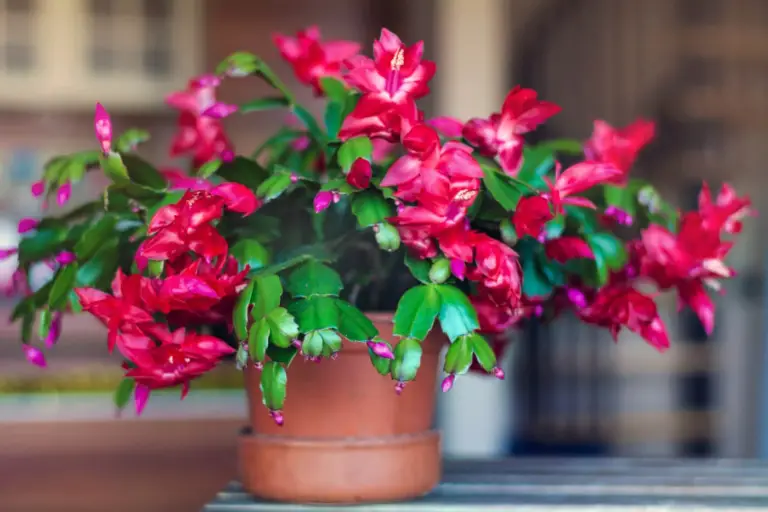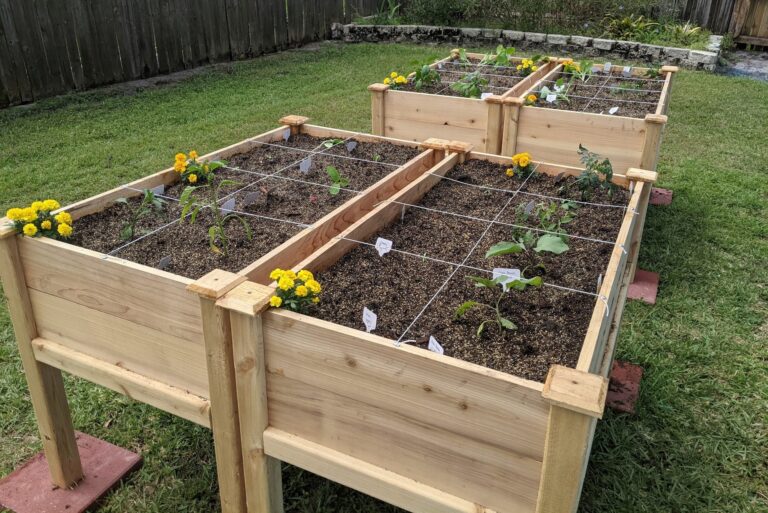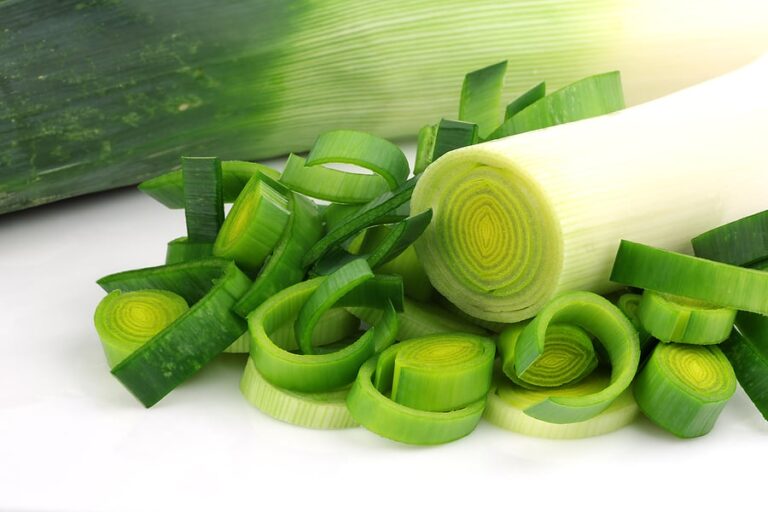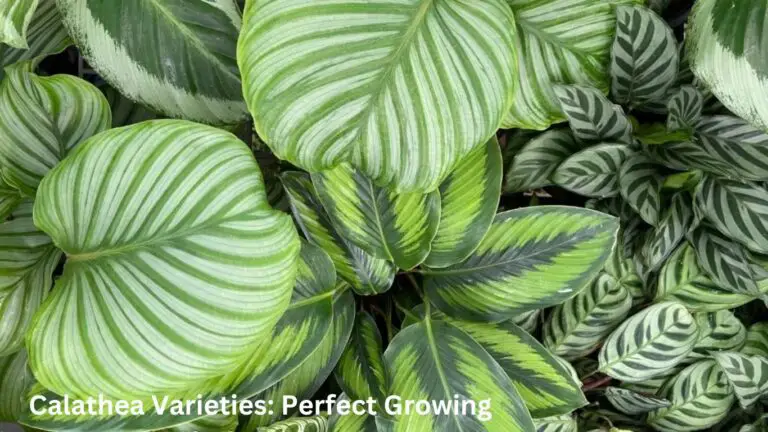Elephant Ear Plant: The Best Grow and Care for Colocasia
Table of Contents
The Origins of the Colocasia Plant: Understanding its Native Habitat of Elephant Ear Plant
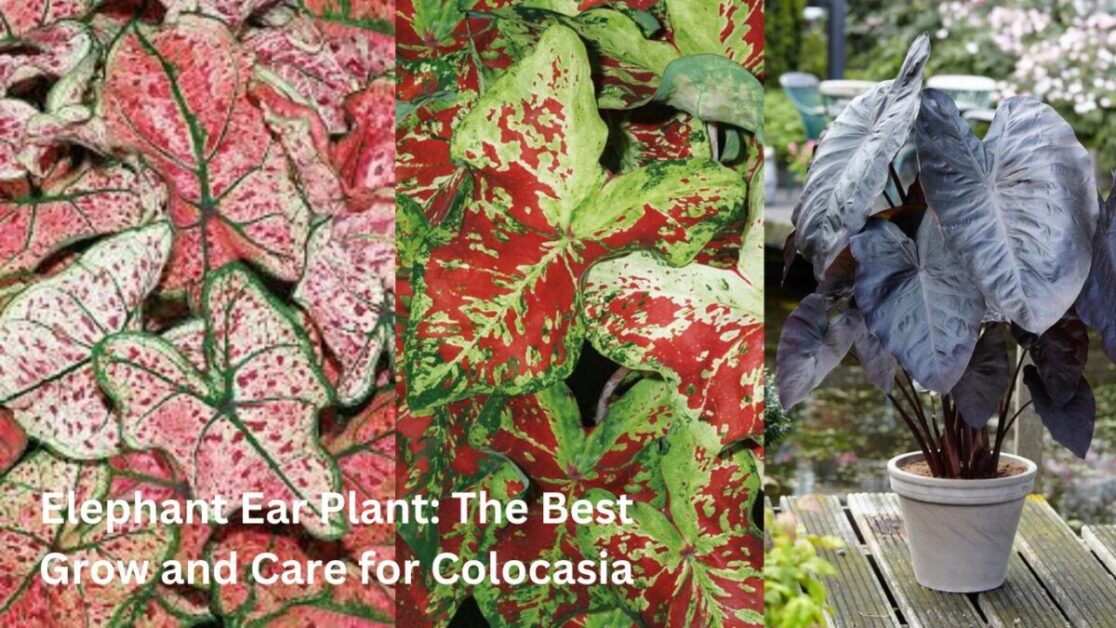
The Colocasia plant, also commonly known as Elephant Ear Plant or Taro, is native to tropical regions of the world. Its origins can be traced back to Southeast Asia, where it thrived in the warm and humid climates of countries like India, Malaysia, and Indonesia. In these regions, the Colocasia plant was not only cherished for its ornamental beauty but also cultivated for its culinary and medicinal uses.
The native habitat of the Colocasia plant offers valuable insights into its preferred growing conditions. With its origins in rainforests and marshes, this plant has adapted to environments with high levels of moisture and shade. It thrives in fertile, well-drained soils rich in organic matter, but it can also tolerate periods of waterlogged conditions. These natural habitats have shaped the Colocasia plant’s physiology, making it an excellent choice for gardens with similar climatic characteristics. By understanding its native habitat, gardeners can recreate optimal conditions for the Colocasia plant, ensuring its success and stunning visual impact in their own landscapes.
Choosing the Right Varieties Elephant Ear Plant: Exploring Different Colocasia Options
Colocasia, also known as Elephant Ear plant, offers a wide range of intriguing varieties for gardeners to choose from. Each variety comes with its own unique characteristics, making it an exciting task to explore the different options available. Whether you are looking for vibrant foliage colors, distinctive leaf shapes, or varying heights, there is a Colocasia variety that will suit your gardening preferences.
One popular variety is Colocasia esculenta ‘Black Magic’, which stands out with its striking dark purple-black leaves. This variety can add a touch of drama and elegance to any garden or landscape. Another noteworthy option is Colocasia esculenta ‘Mojito’, known for its eye-catching lime green foliage with splashes of dark purple. This variety brings a refreshing and tropical vibe to your outdoor space. For those seeking a compact variety, Colocasia esculenta ‘Illustris’ is an excellent choice, boasting bold, velvety black leaves with contrasting green veins.
When deciding on the right Colocasia variety, it is essential to consider factors such as your climate, available space, and desired aesthetic. By exploring the diverse options and carefully evaluating your gardening needs, you can select the perfect Colocasia variety to enhance the beauty and aesthetic appeal of your garden. Stay tuned for our next section, which delves into the ideal growing conditions necessary to provide the perfect environment for Colocasia plants to thrive.
Ideal Growing Conditions Elephant Ear Plant: Providing the Perfect Environment for Colocasia
Colocasia, commonly known as Elephant Ear or Taro, is a tropical plant that thrives in specific growing conditions. Providing the ideal environment for Colocasia is a crucial step in ensuring its healthy growth and development. This plant requires warmth, humidity, and sunlight to flourish, making it well-suited for outdoor cultivation in tropical or subtropical regions.
To provide the perfect environment for Colocasia, it is essential to select a location that receives partial to full sun. These plants thrive in areas with at least 6 hours of direct sunlight daily. If you live in a region with hot summers, some shade during the hottest part of the day can prevent the leaves from scorching. It’s recommended to avoid areas with strong winds or frost pockets, which can damage the delicate foliage. Additionally, ensure that the chosen site has well-draining soil, as Colocasia prefers moist but not waterlogged conditions. Adding organic matter to the soil, such as compost, can improve its drainage and nutrient content, promoting healthy growth.
Soil Preparation and Planting for Elephant Ear Plant: Steps to Ensure Successful Growth
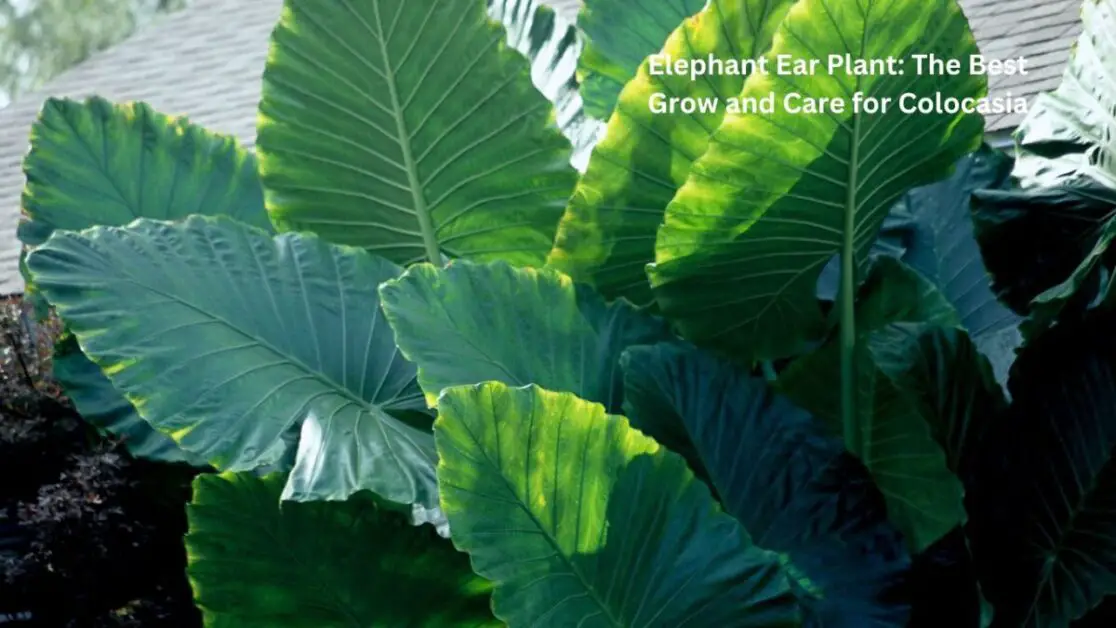
Preparing the soil and proper planting techniques are crucial steps in ensuring strong and healthy growth of colocasia plants. Before planting, it is important to choose a suitable location that receives partial shade, as colocasia plants thrive in areas with indirect sunlight. The soil should be rich in organic matter and well-draining to prevent waterlogged conditions that can lead to root rot.
To prepare the soil, start by removing any weeds or debris from the planting area. Dig a hole that is wide and deep enough to accommodate the colocasia bulb or tuber, keeping in mind that different varieties may require different planting depths. Mix in compost or well-rotted manure to improve soil fertility and drainage.
When planting colocasia bulbs or tubers, position them with the pointed end facing upwards. Gently press them into the soil, ensuring that the tops of the bulbs or tubers sit just below the surface. Space the plants at least 2 feet apart to allow for adequate air circulation and future growth. After planting, water the area thoroughly to settle the soil and provide much-needed moisture to the colocasia plants.
By taking the time to properly prepare the soil and carefully plant colocasia bulbs or tubers, you can set the stage for successful growth and ensure a thriving colocasia garden. However, it is essential to continue providing the plants with proper care and maintenance, which includes regular watering, fertilization, and protection against pests and diseases.
Watering and Fertilizing On Elephant Ear Plant: Meeting the Colocasia’s Moisture and Nutrient Needs
Watering and fertilizing are essential components of meeting the moisture and nutrient needs of colocasia plants. Proper watering is crucial for maintaining the health and vitality of these plants. Colocasia prefers moist soil, so it is important to ensure regular and consistent watering to keep the soil evenly moist throughout the growing season.
When it comes to watering colocasia, it is best to avoid overwatering as it can lead to root rot and other fungal diseases. On the other hand, underwatering can cause stress and hinder the growth of the plant. To strike the right balance, it is recommended to water the plants deeply, allowing the water to penetrate the root zone. A good practice is to monitor the moisture level of the soil and water only when the top inch of the soil feels dry to the touch. By using this method, you can prevent waterlogged conditions and promote healthy root development.
In addition to regular watering, fertilizing is necessary to meet the nutrient requirements of colocasia plants. These plants are heavy feeders and require a steady supply of nutrients to thrive. Using a balanced, slow-release fertilizer specifically formulated for ornamental plants is beneficial for colocasia. This type of fertilizer provides a gradual release of nutrients over time, ensuring that the plants receive a consistent supply of essential elements. Applying the fertilizer according to the manufacturer’s instructions and adjusting the dosage based on the plant’s growth and condition is crucial for achieving optimal results.
Remember, over-fertilization can lead to nutrient burn, so it is important to administer the fertilizer in moderation and avoid applying it directly to the leaves or stems. Through proper watering and fertilizing techniques, gardeners can provide colocasia plants with the necessary moisture and nutrients for healthy growth and vibrant foliage.
Managing Pests and Diseases Of Elephant Ear Plant: Common Issues and Effective Solutions
Managing pests and diseases is an essential aspect of caring for your Colocasia plants. Common issues that can affect these plants include spider mites, aphids, fungal diseases, and bacterial infections. Spider mites are tiny pests that feed on the leaves and create a web-like covering. Aphids, on the other hand, are small insects that suck sap from the plant, leading to stunted growth and distorted leaves.
To combat spider mites and aphids, it is important to regularly inspect your plants and take immediate action at the first sign of infestation. One effective solution is spraying a mixture of insecticidal soap and water onto the affected areas, ensuring complete coverage of both the upper and lower surfaces of the leaves. It is also advisable to prune and remove any heavily infested leaves or stems and dispose of them properly. Additionally, introducing natural predators, such as ladybugs or lacewings, can help control these pests in an eco-friendly manner.
Fungal diseases, such as leaf spot and root rot, can also pose a threat to Colocasia plants. Leaf spot is characterized by the appearance of dark spots on the leaves, while root rot causes wilting and discoloration of the roots. To prevent these diseases, ensure proper air circulation around the plants by spacing them adequately. Avoid overwatering and water at the base of the plant rather than overhead, as excessive moisture can contribute to fungal growth. Applying a fungicide specifically formulated for Colocasia plants can also help control and prevent fungal diseases. Remember, early detection and prompt action are crucial for effectively managing pests and diseases in your Colocasia collection.
Pruning and Propagation Techniques For Elephant Ear Plant: Maintaining and Expanding Your Colocasia Collection
Pruning and propagation techniques are essential for maintaining and expanding your Colocasia collection. Proper pruning helps promote healthy growth and control the size and shape of the plants, while propagation allows you to increase your collection and share your love for these stunning plants with others.
When it comes to pruning Colocasia, it’s important to remove any dead or damaged leaves regularly. This not only keeps the plants looking tidy but also prevents the spread of diseases or pests. Additionally, removing old leaves can improve air circulation around the plant, reducing the risk of fungal infections.
Propagation of Colocasia can be done in various ways, including dividing existing plants, taking stem cuttings, or growing from seeds. Dividing established plants is a common and easy method. When dividing, carefully dig out the plants and separate the rhizomes. Make sure each division has a good amount of roots and foliage. Then, replant the divisions in suitable containers or directly in the ground, ensuring they have enough space to grow and thrive.
By practicing proper pruning techniques and utilizing effective propagation methods, you can maintain the health and beauty of your existing Colocasia plants, as well as expand your collection to create a stunning display in your garden or indoor space. So, grab your pruning shears and get ready to propagate – the possibilities with Colocasia are endless!
Winter Care For Elephant Ear Plant: Protecting Colocasia during Cold Months
During the cold winter months, it is essential to take extra care of your Colocasia plants to ensure their survival and healthy growth. Colocasia, also known as Elephant Ear plants, are tropical in nature and are native to regions with warm and humid climates. These plants thrive in temperatures above 65°F (18°C) and are not suited for frosty conditions. Therefore, it becomes crucial to protect them from the harsh winter weather and provide the necessary care to guarantee their well-being.
One effective method to shield your Colocasia plants from frost or freezing temperatures is by transplanting them into containers or pots. By doing so, you can easily move the plants indoors when the weather becomes too cold. Place the containers in a well-lit area, such as a sunny window, to provide sufficient light for the plants. Additionally, ensure that the indoor temperature remains above 65°F (18°C) to maintain an environment that closely resembles their preferred growing conditions. Remember to monitor humidity levels as well, as Colocasia plants require moderate to high humidity. Regular misting or placing a tray filled with water nearby can help maintain the appropriate moisture levels for your plants.
Popular Companion Plants: Pairing Colocasia with Other Garden Favorites
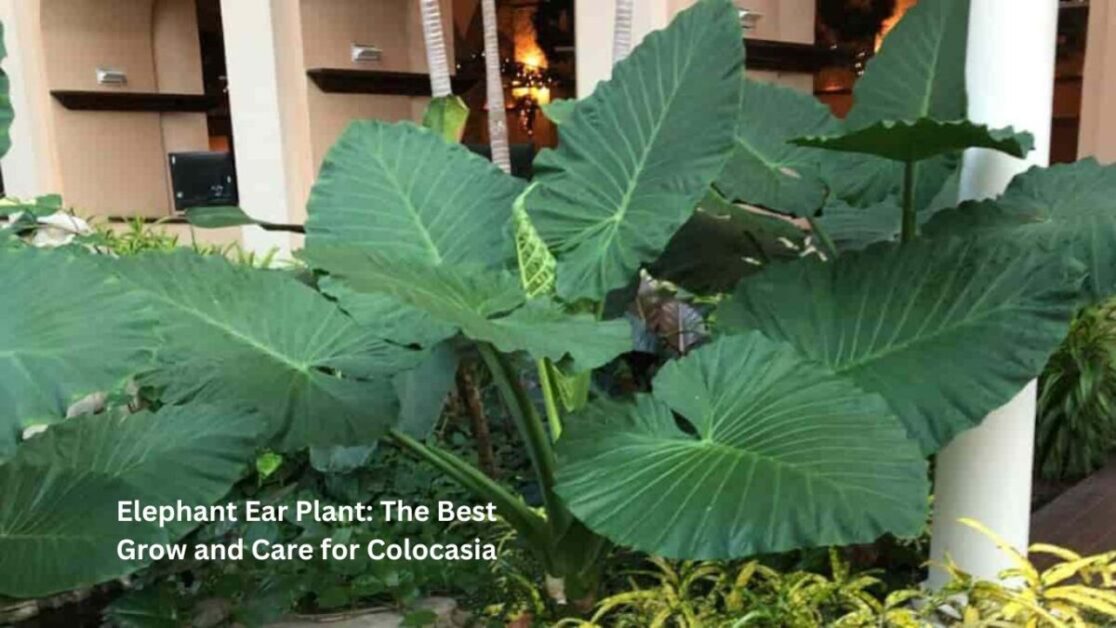
When it comes to pairing Colocasia with other garden favorites, there are plenty of options that can enhance the overall beauty of your garden. One popular companion plant for Colocasia is the Caladium. With its vibrant foliage and similar growth habit, Caladiums create a stunning contrast when planted alongside Colocasia. Their heart-shaped leaves come in a variety of colors and patterns, making them an eye-catching addition to any garden bed.
Another great companion plant choice is the Japanese Forest Grass (Hakonechloa macra). This ornamental grass adds a graceful and delicate touch to the garden, complementing the bold and tropical feel of Colocasia. The slender, cascading leaves of the Japanese Forest Grass create a dramatic effect when planted near Colocasia, creating a layered and textured look. Plus, its preference for partial shade makes it an ideal companion for Colocasia, as they both thrive in similar light conditions.
By strategically selecting companion plants like Caladiums and Japanese Forest Grass, you can create a dynamic and visually appealing garden space. These plants not only complement the unique characteristics of Colocasia but also provide a diverse range of colors, textures, and forms, resulting in a harmonious and stunning garden display.
Here’s a table outlining some key considerations for growing and caring for Colocasia, commonly known as Elephant Ear Plant:
| Aspect | Details |
|---|---|
| Light Requirements | – Prefers partial to full shade, especially in hot climates. |
| – Avoid direct sunlight, which can scorch the leaves. | |
| Temperature | – Thrives in warm and humid conditions. |
| – Optimal temperature range: 65°F to 85°F (18°C to 29°C). | |
| Soil | – Well-draining, rich, and moist soil is essential. |
| – Add organic matter like compost for nutrients retention. | |
| Watering | – Keep soil consistently moist, but not waterlogged. |
| – Water when the top inch of soil feels dry. | |
| Fertilization | – Apply a balanced, water-soluble fertilizer monthly during the growing season. |
| – Reduce fertilizer in winter when growth slows. | |
| Pruning | – Trim dead or damaged leaves to maintain plant health. |
| – Remove spent flowers to encourage continuous growth. | |
| Propagation | – Divide rhizomes in spring before new growth emerges. |
| – Plant divisions in well-draining soil. | |
| Pests and Diseases | – Watch for aphids, spider mites, and caterpillars. |
| – Prevent fungal diseases by providing good air circulation. | |
| Winter Care | – Mulch around the base to protect from frost. |
| – Bring containers indoors in colder climates. | |
| Container Growing | – Use a large container with drainage holes. |
| – Re-pot annually to refresh soil and prevent overcrowding. |
These guidelines should help you provide the best care for your Elephant Ear Plant (Colocasia), ensuring its health and vibrancy throughout the growing season.
Creative Uses for Elephant Ear Plants: Incorporating Colocasia in Landscaping and Décor.
With their striking, oversized leaves and tropical allure, elephant ear plants, scientifically known as colocasia, have become increasingly popular in landscaping and home decor. These versatile plants offer endless creative possibilities for incorporating a touch of tropical paradise into your surroundings. Whether used as focal points or as part of lush, green arrangements, colocasia can add a unique and exotic element to any outdoor or indoor space.
In landscaping, elephant ear plants can serve as stunning focal points that demand attention. Their large, arrow-shaped leaves create a bold statement and can be strategically placed to draw the eye and create visual interest. Planted near water features, such as ponds or fountains, colocasia can create a serene and tropical ambiance, evoking the feeling of a hidden oasis. Additionally, their dramatic foliage can provide shade and privacy when strategically planted along property boundaries or near seating areas. The rich, green leaves of colocasia act as living screens, adding a sense of seclusion and tranquility to your outdoor space.
When it comes to home decor, incorporating colocasia can instantly transform any room into a lush and inviting sanctuary. Place potted colocasia plants in corners or near windows to add height and texture to your interior design. The vibrant green leaves act as natural focal points, making them perfect for enhancing the aesthetics of your living spaces. As a bonus, colocasia plants are also known for their air-purifying capabilities, helping to create a healthier indoor environment while adding beauty to your home.
Whether you’re looking to create an exotic getaway in your backyard or add a touch of tropical paradise to your living spaces, incorporating elephant ear plants, such as colocasia, in your landscaping and decor can offer endless possibilities. These versatile plants are sure to captivate with their stunning foliage and will leave a lasting impression on all who encounter their beauty.
Can Colocasia plants tolerate direct sunlight?
While Colocasia plants can tolerate some direct sunlight, they generally prefer partial shade or filtered light to thrive.
Are there any specific Colocasia varieties that can grow well in colder climates?
Yes, there are certain cold-hardy varieties of Colocasia, such as ‘Black Magic’ and ‘Diamond Head,’ that can withstand colder temperatures and be grown in colder climates.
How often should I water my Colocasia plants?
Colocasia plants typically prefer moist soil, so they generally require regular watering. However, it is essential to ensure proper drainage to prevent waterlogging.
Can I grow Colocasia plants in containers?
Yes, Colocasia plants can be grown in containers. Just make sure the containers have good drainage and are large enough to accommodate the growth of the plant.
Are there any natural remedies to control pests on Colocasia plants?
Yes, you can use natural remedies like neem oil or insecticidal soap to control pests on Colocasia plants. These options are safer for the environment compared to chemical pesticides.
Is pruning necessary for Colocasia plants?
Pruning is not necessary for Colocasia plants, but it can be done to maintain the desired shape and size. Pruning can also help remove any dead or diseased foliage.
Can I divide and propagate my Colocasia plants?
Yes, Colocasia plants can be divided and propagated. This is typically done in the spring by carefully separating the tubers and replanting them.
How should I protect my Colocasia plants during winter?
To protect Colocasia plants during winter, it is best to lift the tubers from the ground, remove excess soil, and store them in a cool and dry place until the next growing season.
What are some good companion plants for Colocasia in the garden?
Some popular companion plants for Colocasia include ferns, hostas, caladiums, and other shade-loving plants that complement the tropical look of the Elephant Ear plants.
Can Colocasia plants be used indoors for decorative purposes?
Yes, Colocasia plants can be used indoors for decorative purposes. Their large, striking leaves make them a great addition to indoor spaces, provided they receive adequate light and humidity.


